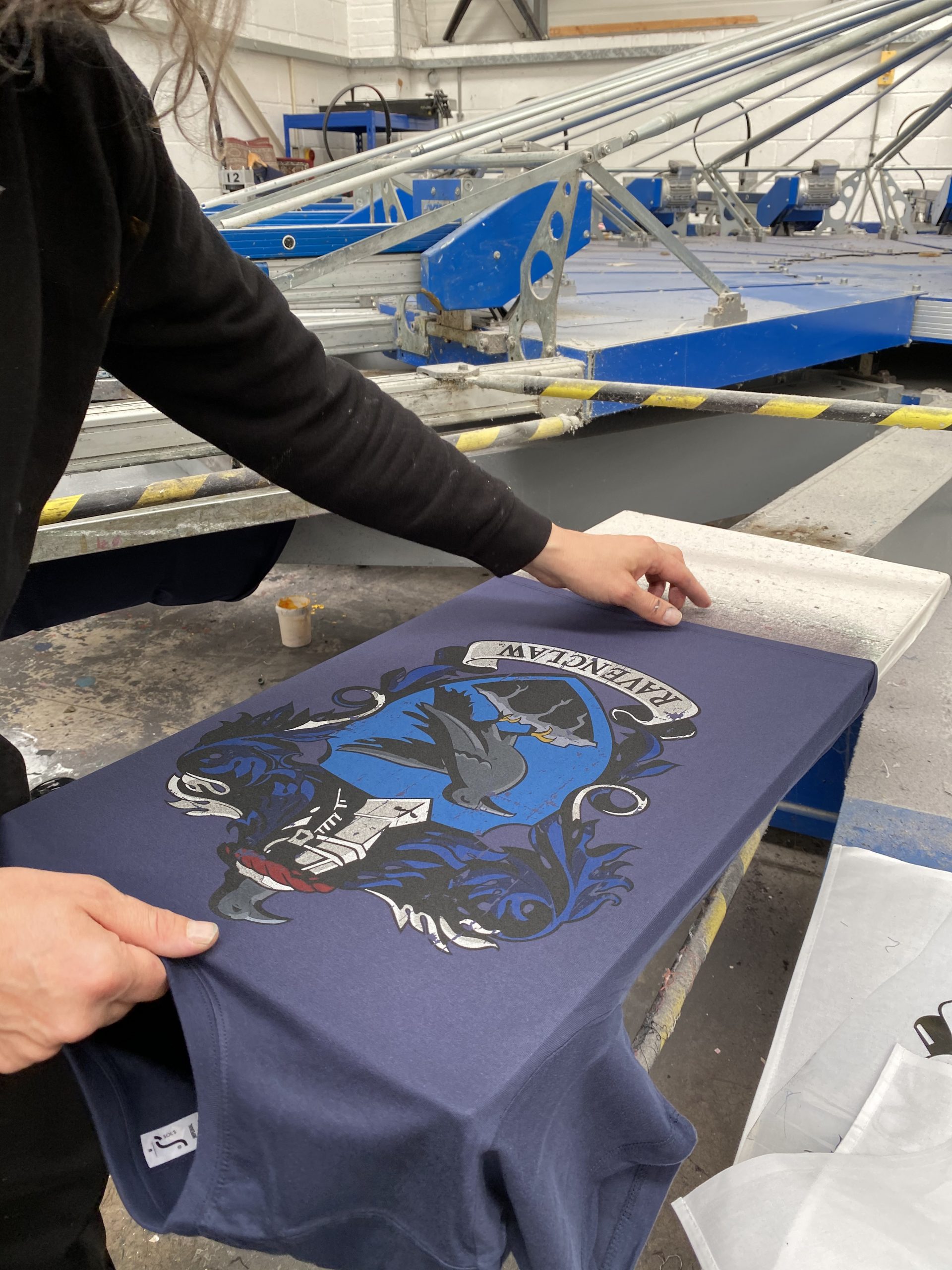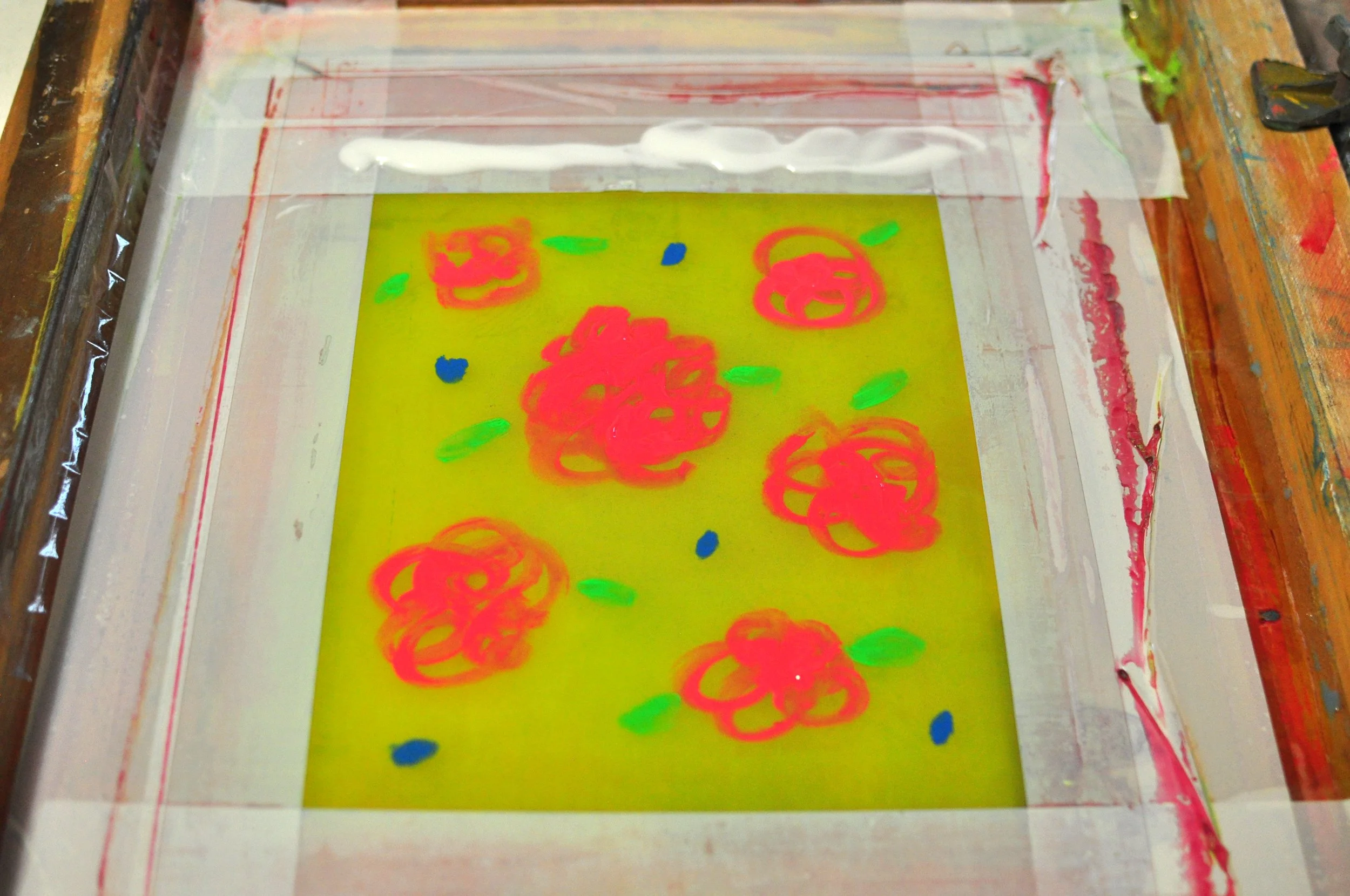ChatGPT said: Beginner’s guide to ordering with 10:9 Design Abilene
Wiki Article
The Crucial Guide to Understanding Screen Printing and Its Versatile Makes use of
Screen printing has a rich history that goes back to old times, advancing right into an advanced technique used throughout numerous markets today. This guide checks out the ins and outs of the screen printing procedure, outlining its applications in advertising and marketing, fashion, and home style - 10:9 Design reviews. Recognizing these fundamentals can open up innovative capacity for both industrial and artistic projects. The complying with areas will certainly disclose important ideas and strategies to boost one's screen printing endeavorsThe History of Screen Printing
Although screen printing has roots that trace back centuries, its development mirrors the technical and artistic advancements of different cultures. Coming from in old China, the strategy was originally used for embellishing fabrics and later infect Japan, where it ended up being important to Ukiyo-e woodblock printing. The approach changed to Europe in the 18th century, where it gained popularity amongst artisans and business printers. The development of picture emulsion in the 20th century revolutionized screen printing, permitting for even more complex designs and better performance. Artists like Andy Warhol further propelled its appeal, utilizing the medium to create legendary jobs that mixed commercialism and art. By the late 20th century, screen printing had actually developed itself as a flexible method, used in style, advertising and marketing, and great art. Today, it proceeds to develop, integrating electronic modern technology and broadening its applications throughout different industries.The Screen Printing Refine Explained
Screen printing transforms imaginative visions right into concrete layouts with a collection of exact steps. Originally, a picture is produced and afterwards moved onto a screen, commonly constructed from fine mesh material stretched over a structure. A light-sensitive solution is used to the screen, which is subjected to light, solidifying in areas not covered by the image. After washing out the unhardened solution, a pattern is formed.Next, the screen is put over the substratum, whether it be fabric, paper, or one more product. Ink is after that pushed with the open locations of the stencil utilizing a squeegee, transferring the layout onto the substrate below. This procedure can be repeated for numerous colors, requiring different screens for every tone. Finally, the printed product is cured using warm to guarantee the ink adheres effectively, leading to a long lasting, dynamic style prepared for usage.
Sorts Of Screen Printing Techniques

In addition, specialty techniques, such as discharge screen printing, remove color from the textile to produce softer prints, while foil screen printing uses metallic foil to attain a glossy finish (10:9 Design Abilene). Each method offers unique qualities, dealing with different creative demands and manufacturing scales, ultimately increasing the opportunities within the screen printing domain name
Applications of Screen Printing in Various Industries

Furthermore, the signage and advertising fields utilize screen printing for producing appealing display screens and banners. This method permits vibrant colors and complex layouts that capture focus. In electronics, screen printing is utilized for using conductive inks to circuit boards, crucial for component links. Moreover, the home decoration sector embraces screen printing to generate distinctive styles on fabrics and wall art. On the whole, screen printing works as a vital tool throughout diverse areas, improving items with customized and visually enticing graphics.
Tips for Successful Screen Printing Projects
While embarking on a screen printing task, cautious focus to detail can considerably improve the last outcome. Picking top quality materials is vital; this consists of the screen, inks, and substrates. Utilizing ideal mesh counts can impact ink deposition and detail resolution. Preparation is just as vital; comprehensive cleaning of screens and proper direct exposure times assure crisp prints.Next off, precise registration is crucial for multi-color prints. Utilizing alignment devices can assist accomplish accurate layering. Furthermore, testing prints on scrap materials prior to production helps recognize possible concerns without wasting sources.

Frequently Asked Inquiries
What Materials Are Best for Screen Printing on Textile?
Cotton and polyester blends are suitable for screen printing on material due to their longevity and ink absorption. Furthermore, specialty textiles like silk or canvas can create one-of-a-kind structures and finishes, boosting the overall layout high quality.Just how Do I Clean and Maintain Screen Printing Equipment?
To cleanse and preserve screen printing equipment, one should routinely clean displays with 10:9 Design Screen Printing Texas ideal solvents, check squeegees for wear, oil relocating parts, and shop all products in a dry, dust-free atmosphere to extend their life-span.What Are the Environmental Influences of Screen Printing?
Screen printing can have considerable ecological effects, including chemical waste from solvents and inks, water use during cleansing processes, and energy intake. Lasting practices and green materials are vital for minimizing these negative results.Can Screen Printing Be Done at Home Successfully?
Screen printing can be efficiently done at home with the appropriate materials and strategies. Hobbyists can develop high quality prints, though success depends on their skill degree, equipment, and understanding of the process included.
What Are the Costs Linked With Beginning a Display Printing Business?

Starting a screen printing business entails expenses for devices, materials, and workspace. First costs usually range from a couple of hundred to a number of thousand dollars, depending on the range, high quality of machinery, and wanted manufacturing capability.
Screen printing has an abundant background that dates back to ancient times, evolving right into an innovative method utilized across different markets today. An additional method, rotary screen printing, uses round displays, promoting continuous printing on textile rolls, therefore boosting efficiency for large-scale productions. Additionally, specialty methods, such as discharge screen printing, get rid of dye from the material to produce softer prints, while aluminum foil screen printing applies metallic aluminum foil to accomplish a glossy coating. In the style field, screen printing is commonly utilized to create vivid styles on garments, enabling brand names to showcase their one-of-a-kind designs. Cotton and polyester blends are suitable for screen printing on fabric due to their longevity and ink absorption.
Report this wiki page